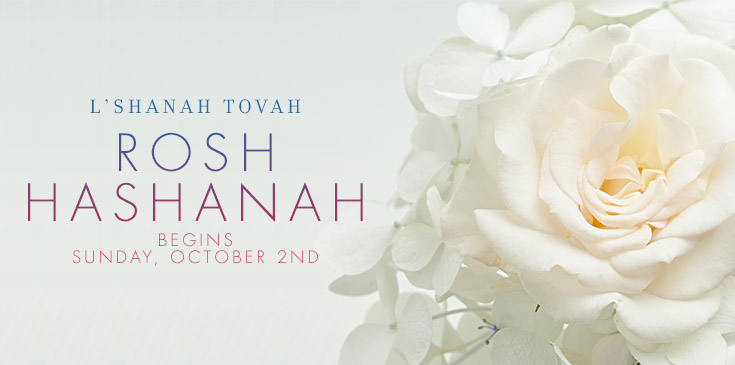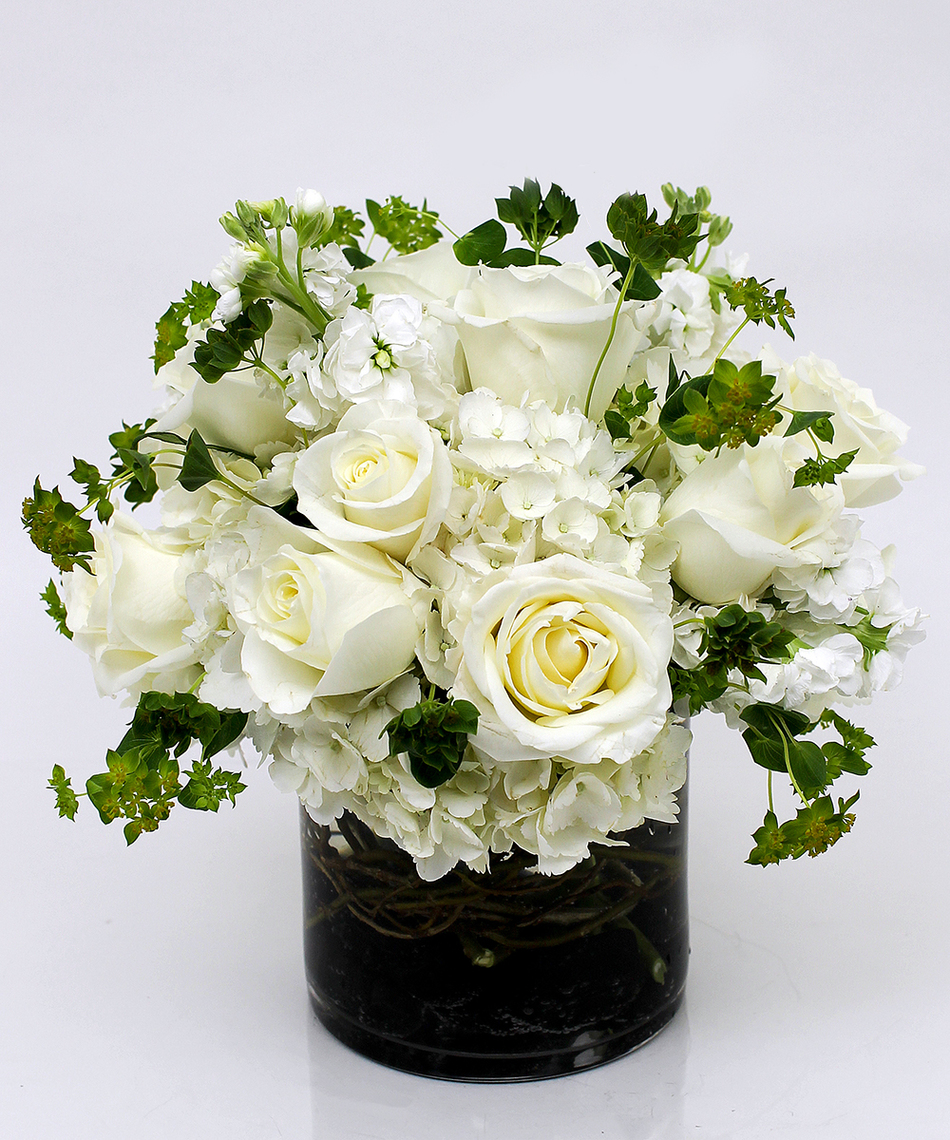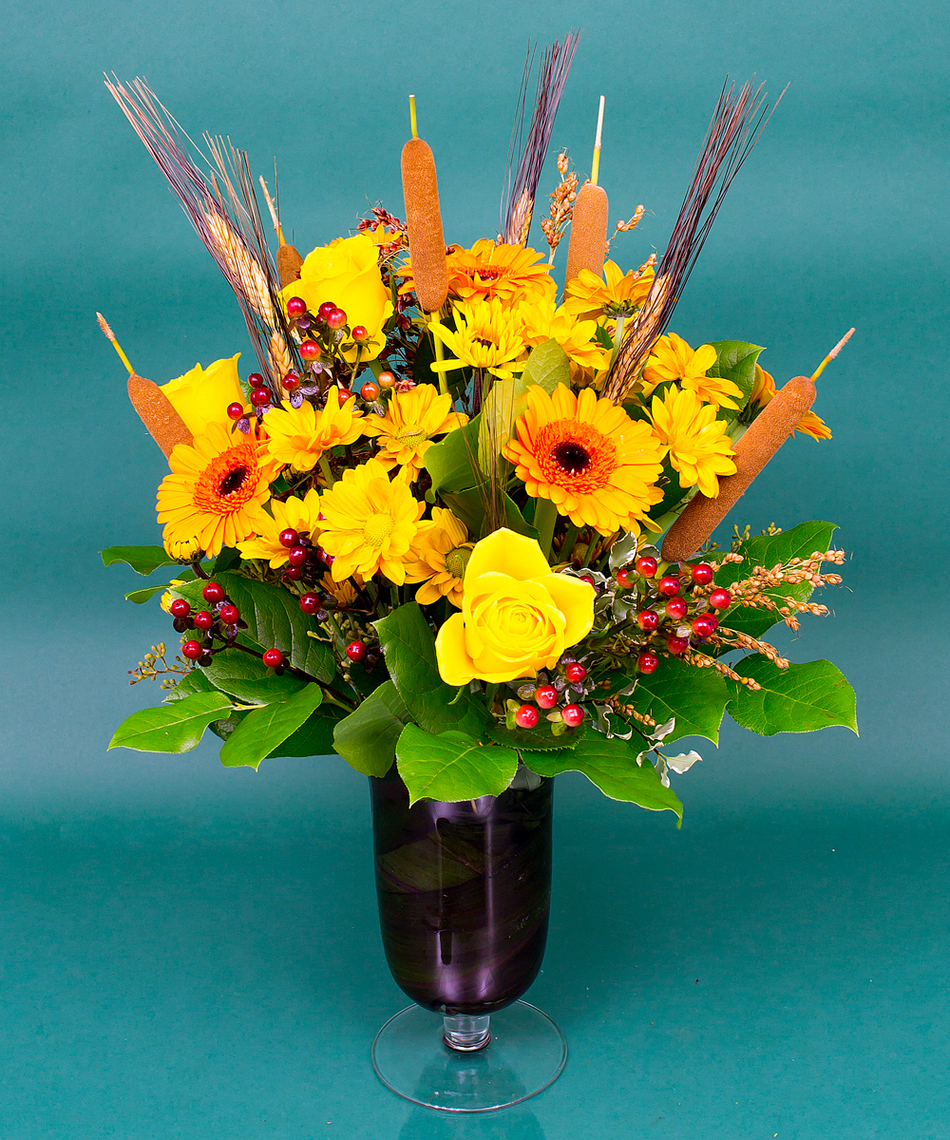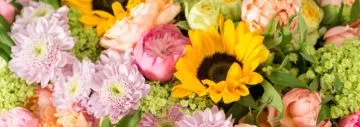
Rosh Hashanah (literally “The Head of Days”) is the celebration of the Jewish New Year. It’s a very meaningful holiday on the Jewish calendar and the first of the High Holidays (or High Holy Days). Rosh Hashanah is the beginning of a ten-day period that ends with Yom Kippur—the holiest day of the Jewish year. The holiday is two days long, and it usually occurs during the month of September or early October. The holiday is meant to be a period of repentance during which the faithful reflect on the past year, ask forgiveness for the sins of the past year, and pray for ways to do better in the new year. It is also considered a time of celebration, meeting with friends and family for traditional meals. If you are unable to join those you love this Rosh Hashanah, say L’Shanah Tovah with a bouquet from Curran’s Flowers. 
Jewish people celebrate the holiday in many different ways, but Rosh Hashanah traditions nearly always include a special prayer service is held at synagogue. Customary elements of this service include the blowing of the shofar, an instrument made from the horn of a ram; tzedakah, or giving charity to people in need,; and reading from the mahzor, the prayer book for High Holy services.
Food is an integral part of Rosh Hashanah. Many special foods are included in a traditional Rosh Hashanah meal as blessings. Sweet foods signify the anticipation of a “sweet new year.” Celebrants enjoy “new fruit,” a fruit that has recently come into season – most often the pomegranate. Traditional bread called challah is baked, sweetened with raisins and braided into a round shape, and apple slices dipped in honey also symbolize the sweet hope for the new year.

When deciding on a floral gift to send for Rosh Hashanah, you can look to the symbolic meanings of colors. For instance. white symbolizes new beginnings, so is very appropriate for the New Year. Blue signifies divinity, and so is a customary addition to white floral designs. Many people also choose to send a bouquet that celebrates the fall harvest and include details such as fruit and wheat details, to commemorate the types of food eaten at the Rosh Hashanah meal. For more ideas and inspiration, call the experts at Curran’s Flowers. We are here to help! L’ Shanah Tovah – a Good New Year – to all of our Jewish friends!


